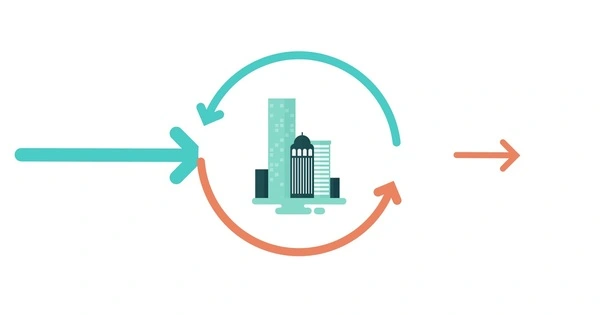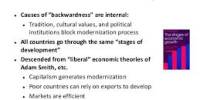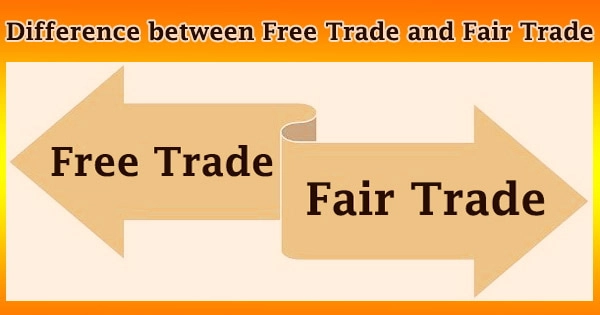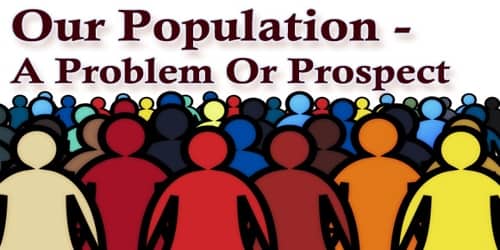The goal of urban metabolism (UM) is to quantify the inflows, outflows, and accumulations of resources (such as materials and energy) in a city. It is a model for describing and analyzing material and energy flows within cities, such as in a material flow analysis of a city. It provides a metaphorical framework for researchers to investigate the interactions of natural and human systems in specific regions.
Water, electricity, gasoline, natural gas, food, concrete, and asphalt are just a few examples of the energy and resources that are imported, consumed, stored, or exported to, within, and from cities on a daily basis. Keeping track of these exchanges and processes can be extremely challenging and is at the heart of urban metabolism (UM).
From the beginning, researchers have tweaked and altered the parameters of the urban metabolism model. C. Kennedy and fellow researchers have produced a clear definition in the 2007 paper The Changing Metabolism of Cities claiming that urban metabolism is “the sum total of the technical and socio-economic process that occur in cities, resulting in growth, production of energy and elimination of waste.”
Urban Metabolism is a multi-disciplinary and integrated platform that investigates material and energy flows in cities as complex systems shaped by various social, economic, and environmental forces. Even though the concept of urban metabolism is not new in academia, its implementation and conversion into practical strategies and techniques are still at the forefront. In fact, the quantification of urban metabolism has been carried out for hundreds of cities, with few practical applications and not even once in the field of tourism.
With the growing concern of climate change and atmospheric degradation, the use of the urban metabolism model has become a key element in determining and maintaining levels of sustainability and health in cities around the world. Urban metabolism provides a unified or holistic viewpoint to encompass all of the activities of a city in a single model.
By providing a consistent method for assessing the emergence of touristic waste based on several parameters reflecting touristic activities, local specificities, and general waste management organization, local authorities will be able to draft dedicated strategies for touristic waste prevention and management, thereby improving their urban waste management policies.
Creating an urban metabolism approach will allow us to consider the issue not only in terms of waste, but also of production and consumption patterns. This will help to develop a circular economy approach, which will also address important issues related to local development, such as local production, local employment, and service-oriented activities over one-way products.
















